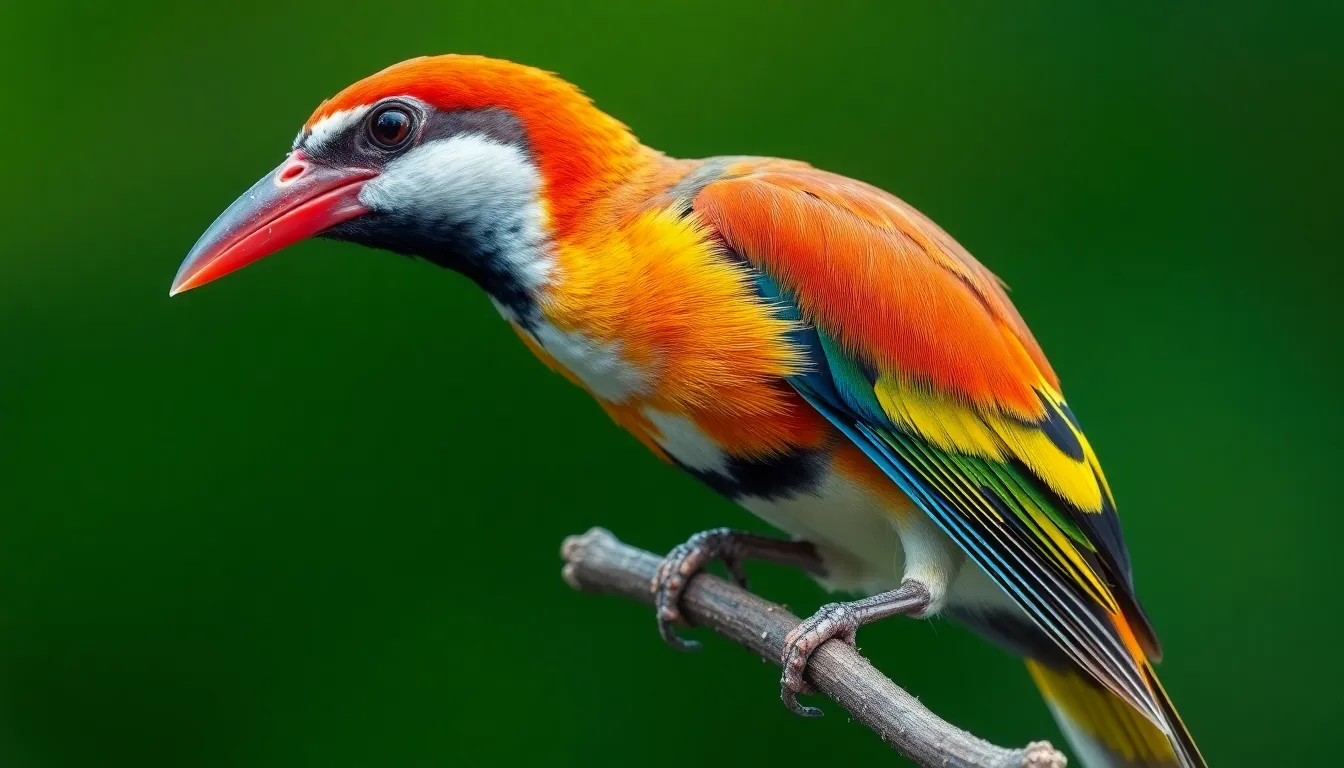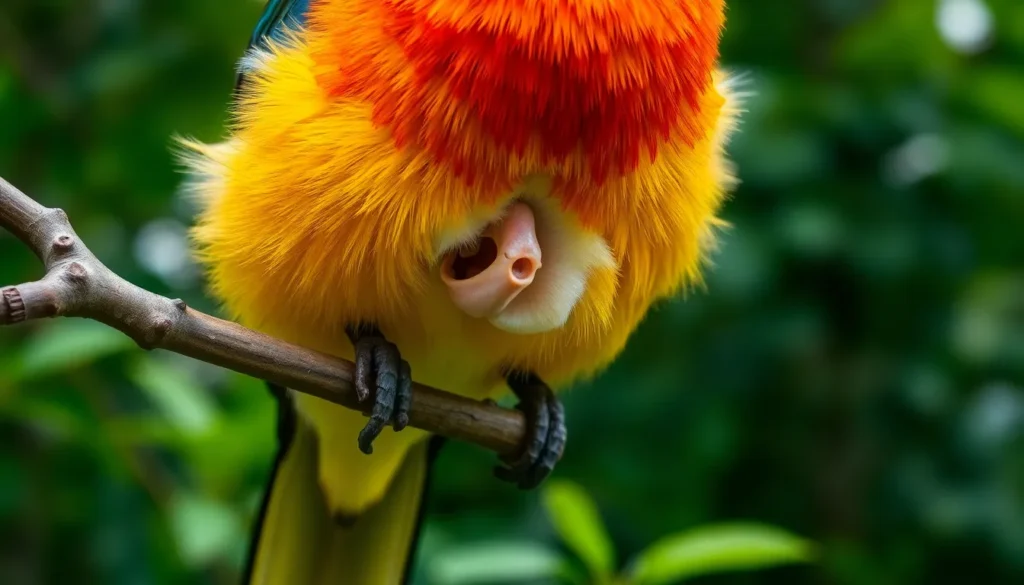Table of Contents
ToggleBirds are nature’s quirky wonders, and their anatomy is no exception. When it comes to reproduction, most people think of the classic male and female roles, but in the avian world, things get a bit more interesting. Ever wondered if male birds have cloacas? Spoiler alert: they do!
Understanding Cloacas in Birds
Cloacas serve a critical function in birds’ anatomy. Both male and female birds possess this organ, which plays a vital role in various bodily functions.
What Is a Cloaca?
A cloaca is a multipurpose chamber located at the end of the digestive tract. It acts as a single opening for expelling waste, laying eggs, and excreting reproductive fluids. Named after the Latin term for “sewer,” the cloaca collects waste from the intestines and urinary tract. It connects to the reproductive system, facilitating reproduction in birds.
Role of Cloacas in Reproductive Systems
Cloacas play an essential role in avian reproduction. During mating, male birds transfer sperm through their cloacas to fertilize female eggs. This unique process often occurs without any external genitalia, relying solely on the cloacal kiss, where the two birds press their openings together. Successful fertilization leads to egg formation, which occurs within the female’s reproductive tract as eggs pass through the cloaca before laying.
Male Birds and Cloacas

Male birds do possess cloacas. This unique anatomical feature plays a crucial role in their reproductive system.
Do Male Birds Have Cloacas?
Yes, male birds have cloacas. The cloaca serves multiple functions, including waste excretion and reproductive fluid transfer. During mating, males use their cloacas to deliver sperm directly to the female. This method, known as the cloacal kiss, allows for successful fertilization without external genitalia. The design of the cloaca reflects the efficiency needed for avian reproduction.
Comparison with Female Birds
Female birds also have cloacas, but their function differs slightly. In females, cloacas facilitate egg-laying alongside waste expulsion. The shared structure of cloacas between males and females underscores their importance in avian biology. Both sexes rely on this adaptation for successful reproduction, demonstrating a remarkable evolutionary solution to reproductive needs in birds.
Functionality of Male Bird Cloacas
Male birds possess cloacas that fulfill essential roles in excretion and reproduction. This multifunctional chamber serves as the exit point for both waste and reproductive materials. During mating, male birds engage in a process called the cloacal kiss, transferring sperm directly to the female’s cloaca. This unique method negates the need for external genitalia, highlighting a remarkable adaptation in avian reproduction.
Excretion and Reproduction
Cloacas in male birds play a vital role in eliminating waste. Solid and liquid wastes are expelled through this single opening, maintaining the bird’s health. Additionally, cloacas facilitate sperm transfer during mating. They become a conduit for reproductive fluids, supporting the fertilization process. This dual function emphasizes the efficiency of the avian reproductive system without necessitating multiple openings for different bodily functions.
Unique Adaptations
Several adaptations enhance the functionality of male bird cloacas. For instance, the size and shape of the cloaca can vary across species. These variations support different mating rituals and environmental adaptations. In some species, the cloaca can expand to accommodate sperm transfer more effectively. This evolutionary trait not only streamlines reproduction but also optimizes the bird’s overall reproductive success, showcasing the versatility of their anatomical features.
Implications for Bird Studies
Understanding male birds have cloacas opens new avenues in bird studies. Research into cloacal structures reveals critical insights into avian reproduction and anatomy.
Importance in Avian Biology
The cloaca’s role in male birds is fundamental to avian biology. Researchers observe how cloacas function in excretion and reproduction. Cloacas help streamline processes, allowing one opening to serve multiple purposes. This structure supports efficient reproductive strategies while maintaining overall health. Studies show that variations in cloaca size and shape impact reproductive success. Such differences hint at evolutionary adaptations related to mating behaviors.
Impact on Breeding Practices
Breeders increasingly focus on cloaca functionality when creating breeding programs. Knowledge about cloacal anatomy helps ensure better mating practices. Awareness of male and female cloacal differences plays a significant role in selecting compatible pairs. Breeders can optimize reproductive success by understanding how cloacas facilitate sperm transfer. Furthermore, insights into cloacal adaptations can enhance species conservation efforts. Selecting birds with favorable anatomical traits can improve lineage viability in breeding populations.
Understanding that male birds have cloacas reveals the complexity of avian reproductive systems. This unique anatomical feature not only aids in waste expulsion but also plays a crucial role in reproduction through the cloacal kiss. The efficiency of having a single multipurpose chamber underscores the evolutionary advantages that birds have developed over time.
As researchers continue to study cloacas, they uncover vital insights into mating behaviors and reproductive strategies. Recognizing the variations in cloacal anatomy among species can enhance breeding practices and contribute to conservation efforts. The significance of this multifunctional structure in birds highlights the intricate connections between anatomy, behavior, and evolutionary success.







